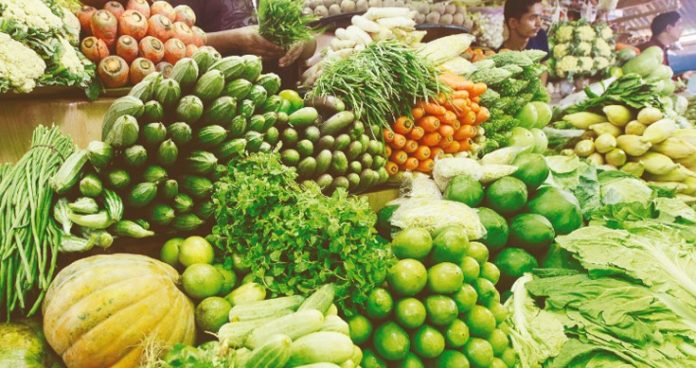HYDERABAD: A study recently conducted by the Indian council of agricultural research and Jaya Shankar agriculture university has revealed that the citizens of the Greater Hyderabad municipal corporation (GHMC) are not consuming vegetables to the required level.
Consumption of vegetables is less than the required quantity to keep up good health. According to the Indian council of medical research, 325 grams of vegetables are needed per person per day on average, to provide the required vitamins and mineral salts for the body. As against this, people of the city are consuming only 269 grams of vegetables a man on average per day.
The study revealed that the supply of vegetables to the city falls short of the actual demand. While the requirement of vegetables to the people of the GHMC area is 7.22.186 metric tonnes per year, the supply is 6.89.363 m tonnes only, leaving a deficit of 32.823 m tonnes per year.
The city depends on its vegetable requirements on the neighboring areas of Nalgonda,rangareddy, and Medak districts and imports from Andhra Pradesh and Karnataka states.
The study indicated that the reasons for shortfall in supply of vegetables to the city are: conversion of agricultural lands in the outskirts of the city into real ventures, farmers getting fewer yields as they are not opting for mechanization and modern methods of cultivation, lack of remunerative priced for vegetables, lack of adequate market and transport facilities to take the vegetables to the city and also cold storage units within the reach of the farmers and non-availability of farm labor.
The study suggested some measures to increase the supply of vegetables to the GHMC area to the required level. They are organizing crop colonies in the areas abutting the city, incentives to the farmers to raise vegetables, the grant of subsidy for shade nets, drip and sprinklers irrigation system, proper marketing and transport facilities, and elimination of middlemen in the markets.
The study also recommended that to fill the shortfall in vegetable production, there is a need for vegetable production in an additional 41.840 acres of land in the districts abutting the city.


